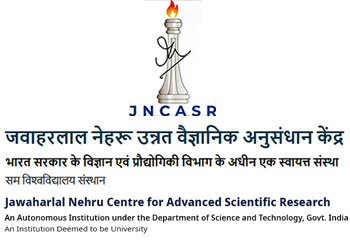अन्य ड्राइव/प्रोग्राम
प्राथमिक टैब्स
फिलहाल इस अनुभाग के लिए कोई सामग्री उपलब्ध नहीं है, जैसे ही सामग्री उपलब्ध होगी उसे अद्यतन कर दिया जाएगा।
- पिछले पृष्ठ पर वापस जाएं
- |
-
पृष्ठ अंतिम बार अद्यतन तिथि:05-12-2025 03:40 PM

फिलहाल इस अनुभाग के लिए कोई सामग्री उपलब्ध नहीं है, जैसे ही सामग्री उपलब्ध होगी उसे अद्यतन कर दिया जाएगा।